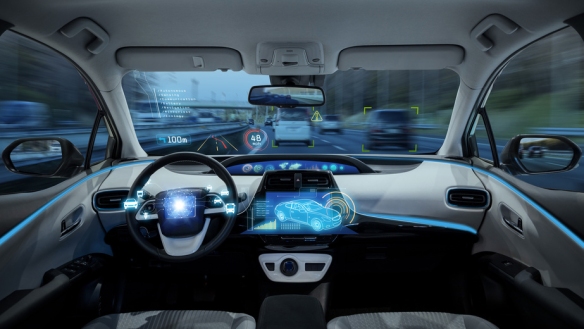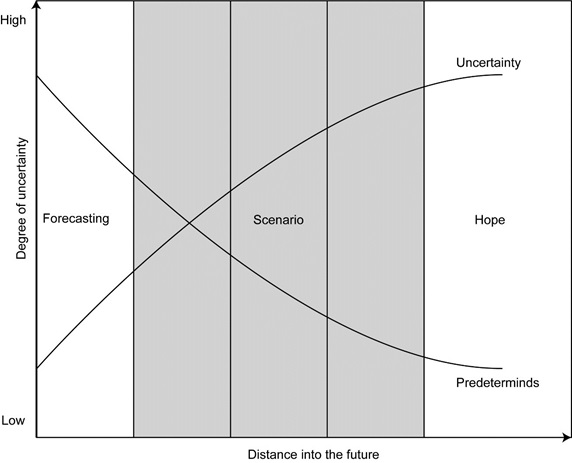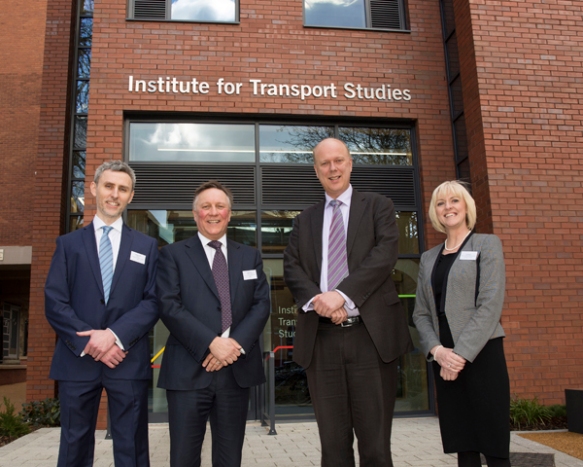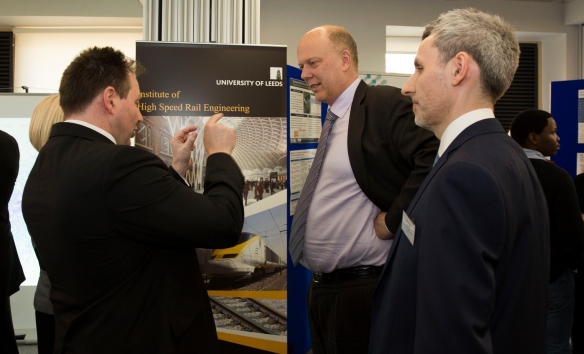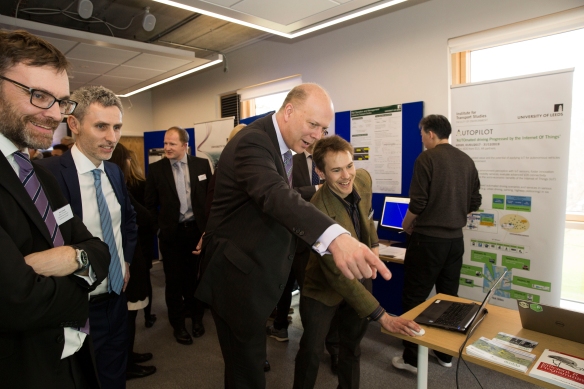The energy powering transport remains dominated by fossil fuels and so reducing how much we use is fundamental to our commitments to climate change emission reduction.
There are three main approaches to cutting fossil fuel used in transport, often captured in the terms of “Avoid, Shift, Reduce”.
Avoid looks at different ways of reducing how much we travel such as teleworking and telemedicine. Shift examines the potential to encourage people to choose less energy intensive forms of transport such as cycling and walking and mass transit systems. Reduce focusses efforts on improving the efficiency of existing modes of transport through, for example, light weighting materials and more efficient combustion.
The focus of transport policy is overwhelmingly on ‘reduce’ and to a lesser degree ‘shift’ policies. Indeed, the scale of carbon reduction required means a transition to electric or hydrogen powered transport with the fuel sources generated by clean energy is necessary. However, both the end point of a truly zero emission vehicle fleet and the speed of the pathway to that end point are highly uncertain. Other policies in ‘shift’ and ‘avoid’ remain necessary for carbon and wider policy reasons. In addition, achieving zero emissions does not mean zero energy. The energy required to move as much as 400 billion vehicle miles that could be on UK roads by 2040 (55% higher than today) will need to be generated somehow and this is non-trivial in a more decentralised energy system (i).
Whilst shift policies continue to be deployed by cities to some effect, the balance of infrastructure investment is currently focussed on job creation rather than carbon reduction and there has yet to be a step change in mode-shift stimulated by a carbon prerogative. Work at Leeds has explored the reasons stymying more proactive policies and the creation of a more radical approach to urban policy making (ii).
So, we turn to ‘Avoid’ and how we might reduce the amount of travel that is needed to participate in society. Existing approaches have focussed on information gaps (personalised travel marketing), ‘nudge’ type incentives (parking cash out and bike loan schemes) and community based initiatives (walking school buses, cycling competitions). These initiatives are seen to have positive impacts (iii) but are not yet seen by policy makers to be likely to deliver major change (iv).
The Institute for Transport Studies is part of a major five year research centre funded under the Research Council UK’s Energy Programme. The DEMAND Centre (www.demand.ac.uk) takes as its central approach the need to recognise that energy is not used for its own sake but as part of accomplishing social practices at home, at work and in moving around. In order to understand how to intervene in the amount of energy used in travelling therefore it is necessary to understand how and why transport is entwined in the way it is for different activities. The work is looking at this problem in different ways.
First, the work has looked at time use data and the way in which travel relates to in and out of home patterns. For example, this work enabled shopping trips to be broken down into a much more fine grained understanding and for certain types of cargo dependent shopping to be identified which were much more likely to be associated with the car (v). Some kinds of shopping trips will be harder to do by non-car modes unless they can be replaced by home deliveries. However, this only helps if the home delivery replaces the trip to the store rather than adds to it.

Second, we have examined travel as part of work through a case study of global engineering and construction consultancy firms. Virtual technology has allowed for some face to face meetings to be conducted on line, yet has not diminished the need for client-consultant interactions. Instead changes in technology shape and inform part of a reorganisation of the way the firms work. For example, from a very regionally based approach to a thematic approach with teams split across sites and countries. The ways in which business itself is organised creates a set of demands for travel which may be more important to pay attention to than face-to-face meetings which occur for reasons which seem difficult to change (vi).
Third, we are examining broader social change and its interaction with the systems of provision of transport. It has, for example, been suggested that on-line shopping could reduce the demand for shopping trips. This approach looks at the potential for substitution of trips, which presumes that the world remains static and consumers simply switch one behaviour for another. Instead, the approach adopted in DEMAND asks, how is shopping changing? Where and when is it happening? What are the impacts on transport? Our on-going work on on-line shopping points to on-line shopping for groceries being a part of a wider set of shopping choices which are themselves changing. The notion of a ‘weekly shop’ seems to be being replaced with several value shops to stores such as Aldi and Lidl and pass-by shopping in the burgeoning range of express supermarkets. On-line is used more for regular but occasional bulk purchasing. For non-food items there is a fragmentation of shopping patterns with consumers increasingly visiting stores as a ‘shop window’ and purchasing through price comparison at home. Trips to town are becoming more social experiences than essential trips for shopping. Changes in expectations suggest that free deliveries and free returns are important features that support an increasing culture of ‘over purchasing’, trying and sending back. Only by understanding the relationship between changing supply options and changing demand can we understand whether and how to intervene to reduce energy.

Reducing the amount of energy required to move around is a critical part of our future transport policies. The social adaptations which are on-going may, in part, explain why the anticipated gains from technological change do not materialise to the degree anticipated. It is only by taking a more detailed consideration of what demand is made up of and how it is changing that we will be in a position to determine whether and, if so how, we might effectively intervene to reduce demand and avoid the potential for it to ratchet up as the costs of mobility fall.
Professor Greg Marsden
Institute for Transport Studies
Much of the research described here forms part of the RCUK Energy Programme DEMAND Centre (EP/K011723/1).
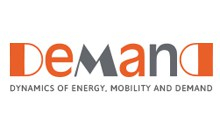
References
(i) Electric Vehicles and Renewable Energy: What are the Key Issues? Mobility and Energy Futures Series, Energy Leeds.
(ii) Bache I; Bartle I; Marsden G; Flinders M (2015) Multi-level Governance and Climate Change Insights from Transport Policy. Rowman & Littlefield International.
(iii) Cairns S; Sloman L; Newson C; Anable J; Kirkbride A; Goodwin P (2008) Smarter choices: Assessing the potential to achieve traffic reduction using ‘Soft measures’. Transport Reviews, 28, pp.593-618
(iv) Marsden G; Mullen C; Bache I; Bartle I; Flinders M (2014) Carbon reduction and travel behaviour: Discourses, disputes and contradictions in governance. Transport Policy, 35, pp.71-78
(v) Mattioli G; Anable J; Vrotsou K (2016) Car dependent practices: findings from a sequence pattern mining study of UK time use data. Transportation Research Part A: Policy and Practice, 89. pp. 56-72
(vi) Anable J; Faulconbridge J; Jones I; Marsden G (in press) Demanding business travel: time, space and practice. In: Allison H; Rosie D; Gordon W (eds) Demanding energy: spaces, temporalities and change. Palgrave Macmillan: Hampshire.
(vii) Images all have a creative commons license (free delivery).




